by Jorge L. Quijano, Panama Canal Administrator
Upon taking over as the Administrator of the Panama Canal in September 2012, the future appeared to be full of challenges. I was just the third Panamanian to lead the waterway, tasked with navigating the organization through a shifting industry and uncertain global economy. We were also mid-way through our Expansion Program, the largest enhancement project ever undertaken by the waterway, and beginning to advance new projects like the construction of a new bridge over the Canal on the Atlantic side.
While we still had a long way to go in our transformation, I assured the international maritime community that the Canal’s legacy was rooted in embracing challenges. Our workforce was committed to ushering in a new era for world commerce and for our country. Seven years later, I can look back and say our team surpassed even our most ambitious expectations.
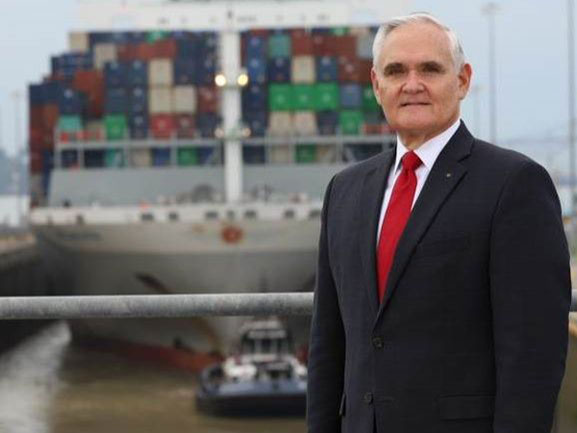
Since its inauguration in 2016, the Expanded Canal has proven itself as a tremendous feat of engineering and transformative force for global trade. Key segments like liquefied petroleum gas (LPG) and liquefied natural gas (LPG) have taken advantage of the route’s ability to accommodate the larger vessels, offering a highly competitive route for U.S. gas deliveries to major Asian, South and Central American importers with significant reductions in voyage time. Further, the Expanded Panama Canal has contributed to significant infrastructure investments across U.S. ports in order to capitalize on economies of scale. Through this time, we have also secured a strong financial standing, as recognized by Fitch this month with an A credit rating.
Over the past seven years, the waterway has also exponentially increased tonnage while continuing to invest in its operations infrastructure and equipment thus enhancing capacity, transit efficiency, reliability and safety. Even as we celebrate our 105th year in operation, the team continues to achieve new remarkable records across segments. In the past year alone, we welcomed the transit of the first Q-Flex LNG tanker and the largest containership to-date exceeding the 15,000 TEU threshold. Just this month, we also set a new daily tonnage record with 1.706 million Panama Canal tons (PC/UMS) on August 16, and have reached the 7,000th Neopanamax transit since the inauguration of the Expanded Canal. This month we also completed the construction of the iconic pre-stressed concrete cable-stayed Atlantic Bridge over the Canal.
The Canal’s strategic geographic location has enabled vessels to shorten the distance compared to alternate routes, thus reducing costs and greenhouse gas emissions. In combination with the introduction of the Expanded Canal, which offers greater cargo carrying capacity and requires less cargo movements, the waterway is estimated to have saved more than 800 million tons of carbon dioxide (CO2) emissions over the course of its history. This is in addition to the 140 million tons of CO2 captured through conservation measures in the Panama Canal watershed, and 3.5 million tons of CO2 reduced through the Canal’s Environmental Economic Incentive Program.
While my time as Administrator will come to a close next month, I am deeply thankful for the performance of our dedicated workforce, supportive fellow Panamanians and loyal customers who made the past seven years so fruitful. I will leave the Canal well-positioned for its next era of growth and have tremendous confidence in the new leadership’s ability to build off our strong foundation. If my 44-year long career at the waterway taught me anything, it’s to never underestimate our team’s ability to exceed expectations, and I look forward to watching the waterway’s next chapter unfold.
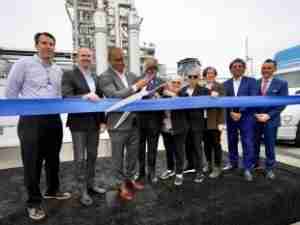
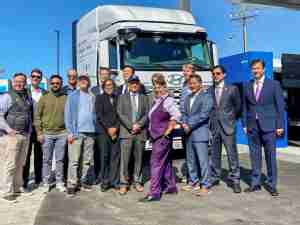
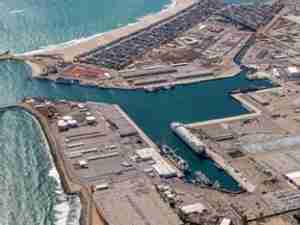

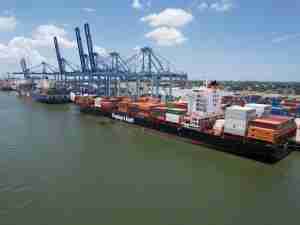

_-_28de80_-_58820516bd428ab3fd376933932d068c43db9a4a_lqip.jpg)



